The Lazy Girl’s Plastic-Free Food Storage Alternatives
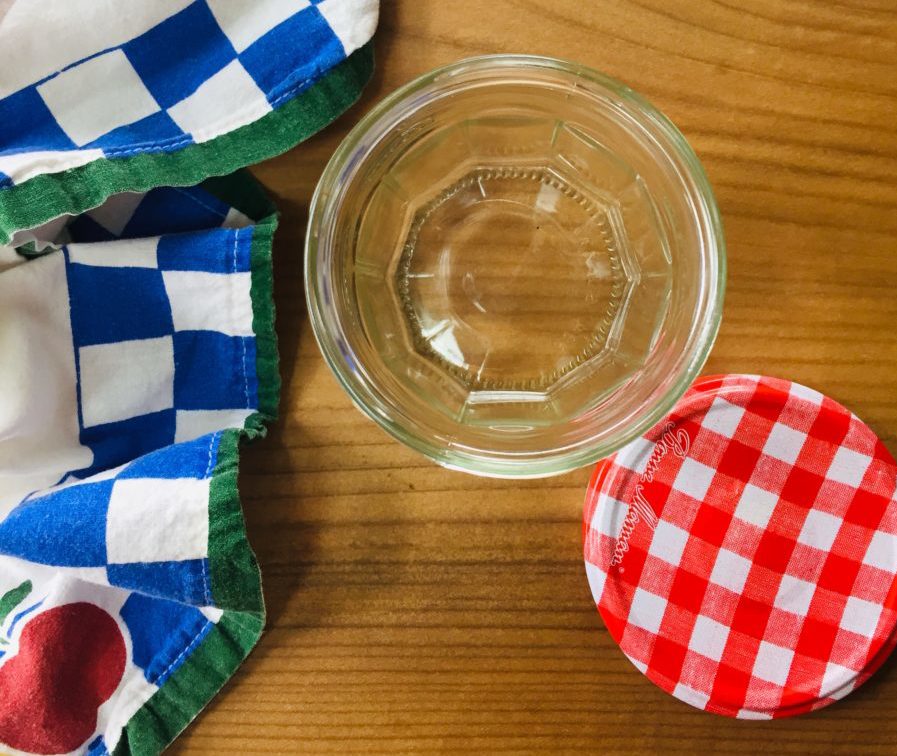
Ah, leftovers, lovely lovely leftovers. I’m talking here in the widest, most general sense, from the sandwich half-eaten and the refried beans that didn’t make it to the pan of enchiladas to that tablespoon of chopped parsley you didn’t use for garnish and garlic clove you split to rub a salad bowl and now lies abandoned on the countertop. And I’m talking here in the narrowest sense not of the many and glorious ways to which you might put such leftovers to use (a topic that never grows old), but rather of how the heck to store them in the meantime.
In our seemingly against-all-odds quest to make single-use plastic unnecessary and irrelevant, a few thoughts on food storage. Besides being easier on the oceans and all sorts of assorted wildlife, these techniques are also just plain easy – hands-off, now-I-can-do-something-else kind of easy. They grow straight out of my rather-not-work-too-hard approach to all things kitchen.
The Original Pot

Faced with said leftovers, I ask myself first: Self, can you simply reuse whatever packaging the thing came in? Take a sandwich, for instance. If it came in butcher paper, why not rewrap it in its original butcher paper and stick it into the fridge? Sure, it will dry out, but not for a good day or two. And let’s be honest. Am I really going to want it after that? This applies, most obviously to take-out. You probably already do it – simply use the same container in which you brought it home in to store what you don’t eat. (Then, you can use those old containers for new leftovers!)
But it can also apply, pretty darn often, to whatever I may have whipped up at home. That Bolognese sauce that simmered all Saturday? It can cool in the pot I used to make it. Then, what could be easier? Pop the cover on, and tuck it into the fridge. It’ll be good all week. Lucky me. Same goes for the soup, the rice, the beans-n-greens,…
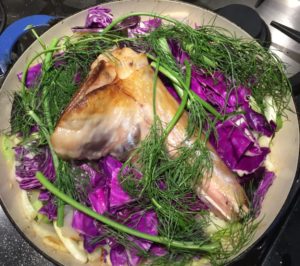
Check out this local lamb shank!, ready for braising with local red cabbage, fennel, onions, and a can of beer. Man, was it good. And we just kept eating it for days out of the pot. (Yes, I rather shockingly years ago managed to break off a Le Creuset handle. The story involves a mansion, a Cuban, a dissertation, and a Baptist Church. For another time.)
Oven Safe Glass Containers with Lids
Above musings on using the original pot for plastic-free leftovers storage got me thinking,… It presumes the pot can go from fridge to stovetop. Are there any pots that can’t? I can’t think of any,… not right now. In a similar vein (one vessel both to cook and keep), I’ve rediscovered the joys of Pyrex, Corning Ware, and the like – the ones that come with matching lids. Score!

If it happens to be necessary to transfer leftovers to a container other than what was used to prepare (and there are lots of times and reasons to do so), it’s rare that I can’t fit remnants into one of those. Most can go from freezer to fridge to oven/stove to (cool it down first) fridge or freezer again.
Bonus hint: there are gobs of these vintage darlings (so many colors! patterns! sizes! shapes!) in thrift stores across the country. They’re easily EBay-able, too. I have a friend who’s selling off her stash. Drop me a line, and I’ll put y’all in touch.
The Joy of Jars
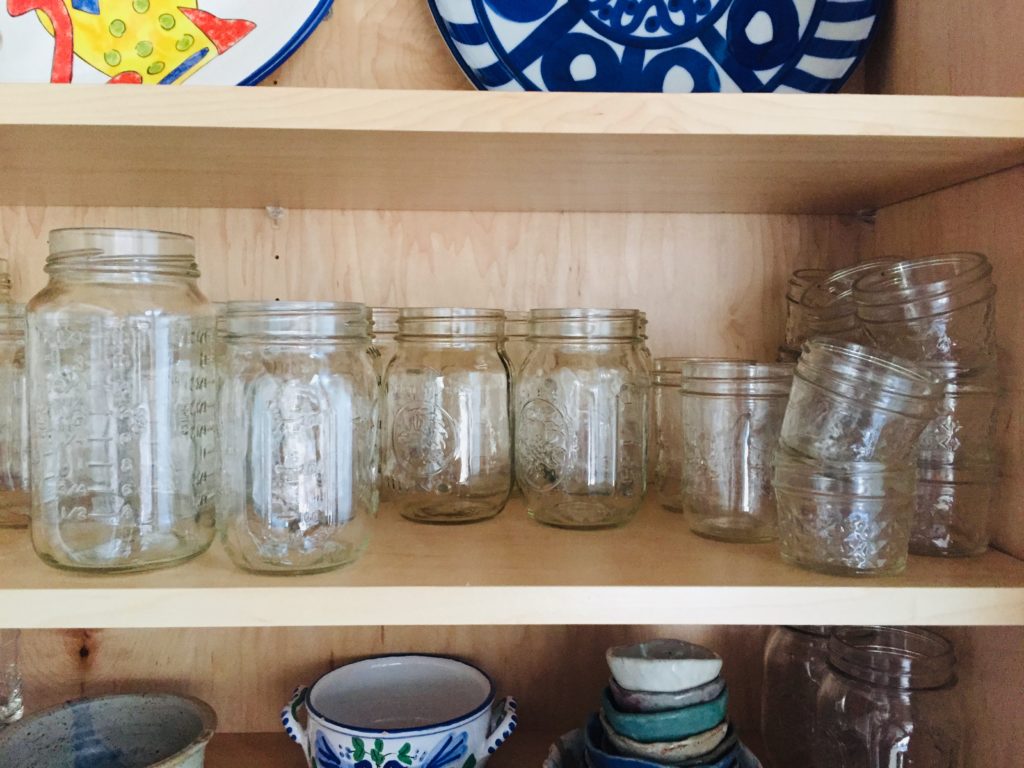
Finally, jars. God bless the old glass jar. Mason and Ball, of course, and in several convenient shapes and sizes. Your local hardware store probably stocks them and with extra lid parts to match. That’s where I’ve gotten mine – and cheap!
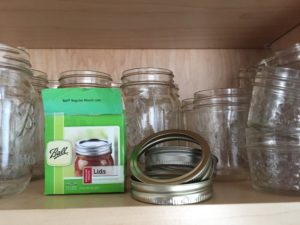
I also use the jars that I bought for the stuff in them. One of my favorites: the wide mouth, red gingham top jam jars. So cute! And the wide mouth makes filling them easy. Mustard jars are superb for shaking up a salad dressing. If it started with that last tablespoon of Dijon, more’s the joy. Dash in a bit a apple cider vinegar, a pinch of salt, and a glug of vegetable oil, and you’ve got yourself a zingy dressing suitable for all sorts of salads or roasted vegetables (potatoes!). Anyway, tuck your leftovers into one of those jars, screw on the top, and you’re good to go. Um, or to save.
Jars are great for keeping both the fresh ricotta you just made and its whey.
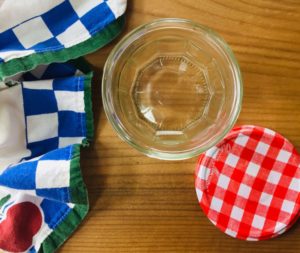
All canning and most other jars are freezer safe. Just take care not to overfill (not above the “shoulder” of a canning jar, and a good two-finger width for other jars. Canning jars can take hot food, of course. For the others, I let the food cool down before filling the jar.
How do you avoid plastic when preparing and storing leftovers? Comment here, or drop a line to share your ideas. And thanks for caring! Now that’s something to leap about 🙂
